
If Italy were a playlist, the Amalfi Coast would be that overplayed chart-topper everyone’s heard a thousand times. Sure, it’s beautiful. But maybe—just maybe—you’re craving something a little more original. In that case, here are 20 gems that serve up all the charm, beauty, and pasta your heart desires in Italy.
Polignano A Mare, Puglia
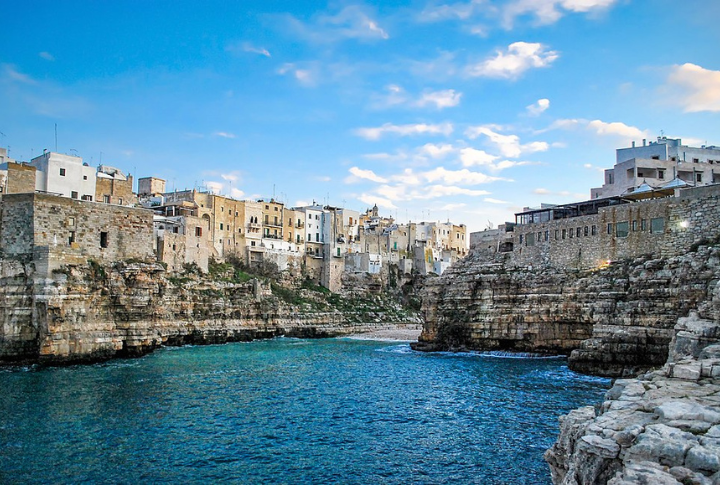
Polignano a Mare feels like that one charming cousin who’s effortlessly cool without trying. You stroll into a town filled with cliff views, gelato stands, and locals shouting over espresso cups. Lastly, don’t miss the poetry scribbled on staircases—it’s a local tradition and oddly emotional after your second Aperol Spritz.
Manarola, Liguria
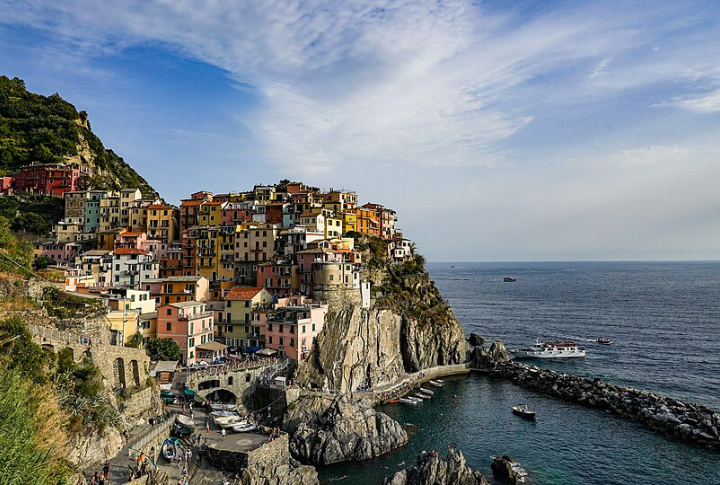
Color spills across buildings like an artist’s palette in Manarola, the second oldest Cinque Terre village. Winemakers here have been using vertical vineyards since Roman times. Hence, their Sciacchetra wine packs both punch and poetry.
Otranto, Puglia

History haunts Otranto’s cathedral, where a mosaic of 1166 stretches across the floor. Visit in spring when the old town feels like a time capsule. That is when its blend of Greek, Norman, and Turkish influence makes the architecture an open-air museum of conquests and cultures.
Lerici, Liguria
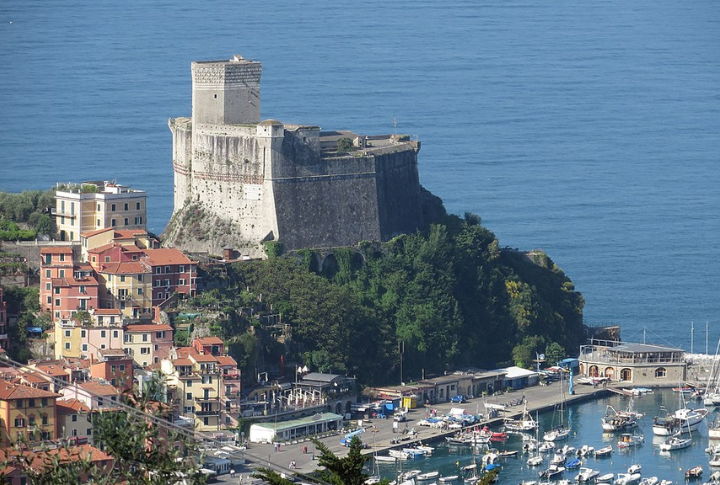
Stroll beneath castle shadows where Percy Shelley once sailed. Lerici’s harbor is dotted with fishing boats, not yachts and its calm beaches make it ideal for unwinding. Unlike Amalfi, the seafood here comes straight from the Gulf of Poets.
Tropea, Calabria
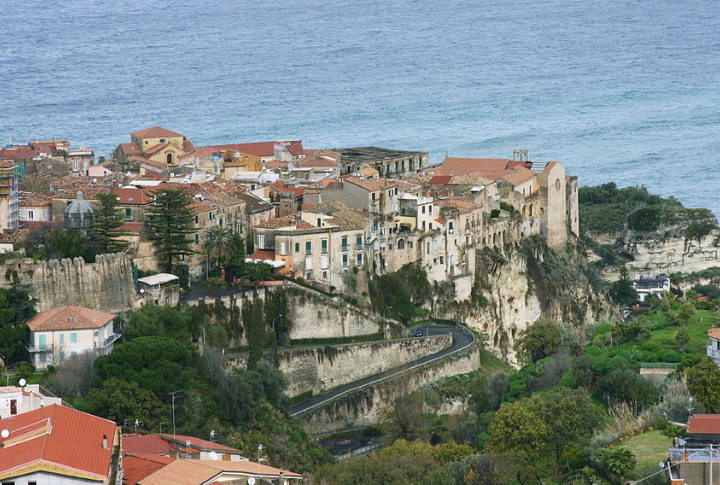
Sweet onions might sound mundane—until you eat them in Tropea, where they’re mild enough to snack on raw. Also, stare down the volcanic island of Stromboli from cliff-top churches. And yes, the color of the water really resembles melted turquoise glass.
Castelmezzano, Basilicata
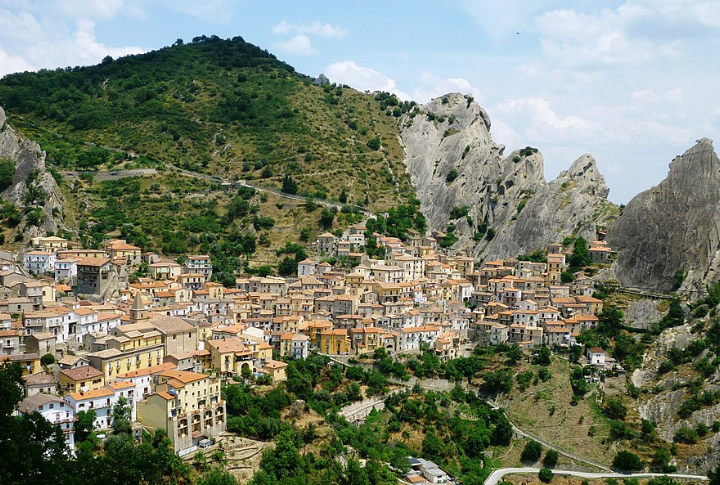
Rock towers surround Castelmezzano like sleeping giants. Founded by Normans escaping Saracen raids, it offers one of Europe’s most thrilling ziplines, which is Il Volo dell’Angelo. Hence, soar between peaks at 70 mph or explore medieval alleys below. Either way, your pulse will thank you.
Sperlonga, Lazio
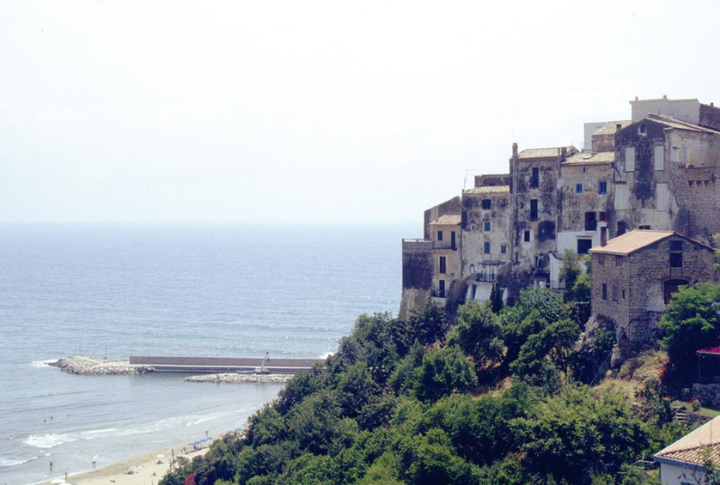
Embrace whitewashed alleys that tumble toward the sapphire sea. Emperor Tiberius once dined in caves carved into cliffs here, and his villa still peeks from the hillside. Come in mid-May to skip Roman crowds and catch the golden hour illuminating the town like a Mediterranean lantern.
Scilla, Calabria
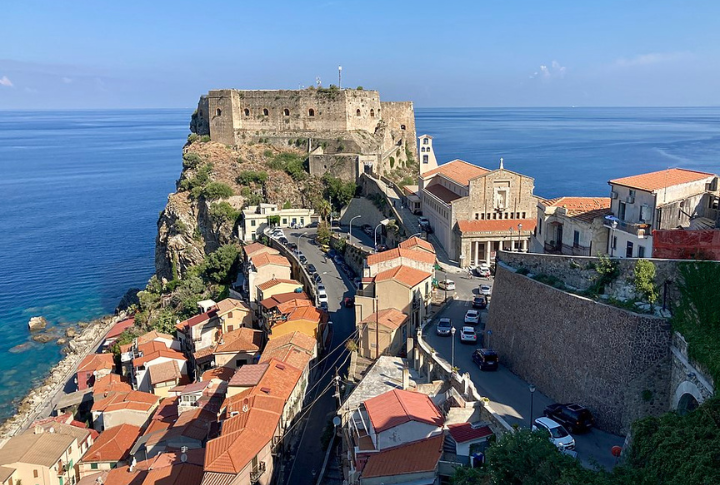
Myth meets memory in Scilla, the rumored home of Homer’s sea monster. Chianalea, its waterfront district, places trattorias practically in the surf. Plus, fishermen still practice ancient swordfish hunting techniques. Catch the action at dawn, as it’s a spectacle straight out of an epic.
Orvieto, Umbria

Underground tunnels lace this cliff-top town, once a Papal refuge. Its cathedral facade glitters like a Gothic jewelry box. Don’t miss the 248 steps down St. Patrick’s Well—it’s an engineering marvel from 1537. Most importantly, the local Classico wine pairs well with twilight views.
Matera, Basilicata
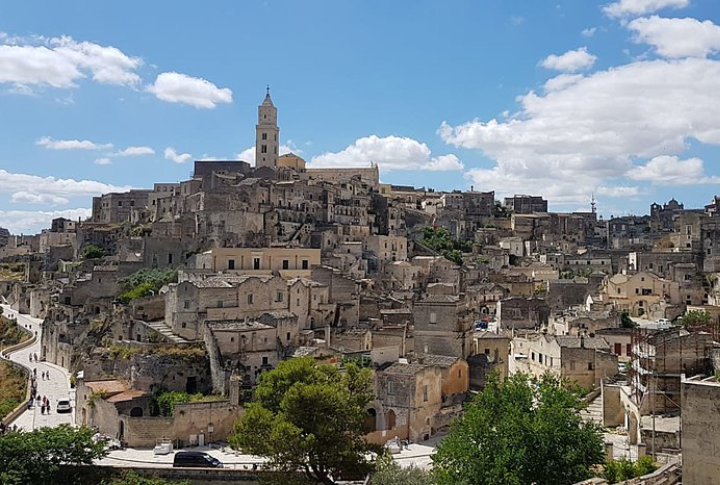
Carved from limestone, Matera’s sassi caves hosted humans for over 9,000 years. It doubled as ancient Jerusalem in “The Passion of the Christ.” Sleep in a cave hotel and listen to the echoes of monks and shepherds still drifting between the stone walls at night.
Porto Venere, Liguria

A striped Gothic church stands at the edge of a cliff, where crashing waves sound like applause. Porto Venere’s island trio (Palmaria, Tino, and Tinetto) lies just offshore, protected and wild. You can even kayak through sea caves if you’re not scared of shadows.
Maratea, Basilicata

Rising over the coast, the 70-foot Christ the Redeemer statue watches Maratea’s 44 churches. Nicknamed the “Town of the 44 Saints,” it weaves medieval, baroque, and Byzantine elements into a stone labyrinth. So, hike down to the black-sand beaches, as it’s a visual mic drop.
Pienza, Tuscany

Built by Pope Pius II in 1459, Pienza was designed as the “ideal Renaissance town.” Cobbled streets align with sunset views on purpose, and locals wheel Pecorino cheese down alleys during autumn festivals. Plus, tiny bookstores located between wine shops make you want to cancel your return ticket.
Procida, Campania

Procida became Italy’s Capital of Culture in 2022. Its pastel houses shine brightest in Marina Corricella, a fisherman’s haven. Unlike Capri or Ischia, you’ll find no celebrity buzz, just laundry fluttering above quiet courtyards. Hence, ferry over and blend in.
Castellabate, Campania

Founded in 1123 to repel pirates, Castellabate now guards panoramic views and golden beaches. Italians holiday here for a reason: fewer crowds and deeper conversations. Interestingly, the medieval town motto says, “Qui non si muore,” meaning “Here, you don’t die.”
Bosa, Sardinia

Painted in tangerine and teal, Bosa reflects in the river like a watercolor. Up on the hill, a crumbling castle watches quietly. Locals tan leather by hand and pour Malvasia wine in cellars that smell of cork and family secrets.
Cefalu, Sicily

This one on the list features a Norman cathedral with Byzantine mosaics that date back to 1148. Its medieval old town spills onto a sandy beach, where locals sunbathe in October. Head to La Rocca for a hike ending in castle ruins and a view of Sicily’s coastline.
Alberobello, Puglia

Alberobello looks like a village built for storybooks but functions like a real-life Instagram trap. The Trulli, those funny little cone-roofed houses, are everywhere, and they’re weirdly adorable. You’ll probably try to count them, fail, and end up in a souvenir shop buying a tiny Trullo magnet.
Civita Di Bagnoregio, Lazio

Balancing on eroding cliffs, Civita is reached by footbridge only. Nicknamed “The Dying City,” it survived earthquakes, landslides, and centuries of exile. Today, fewer than a dozen residents remain. So, visit while you can, as one day, this ghostly beauty might finally disappear.
Camogli, Liguria

Camogli is a small fishing town in Liguria where everything moves slower—and that’s the point. You walk along the waterfront and sit by the beach, watching boats drift in. Moreover, the beach is rocky, but no one complains because the water’s clear and calm.
